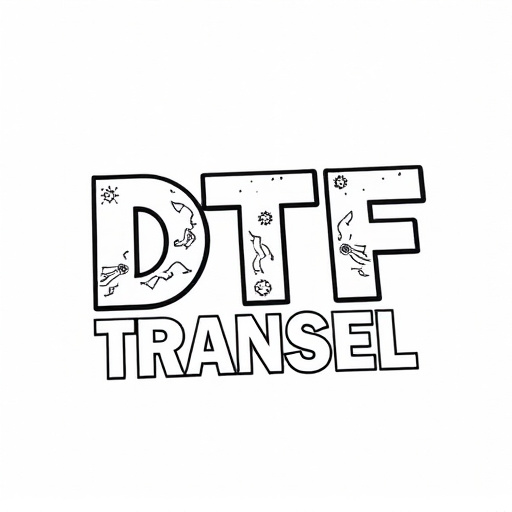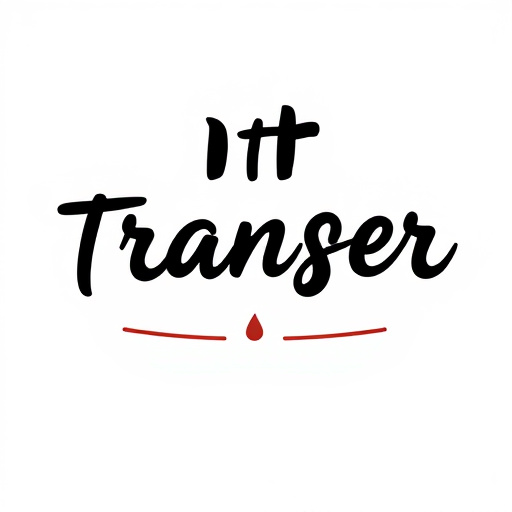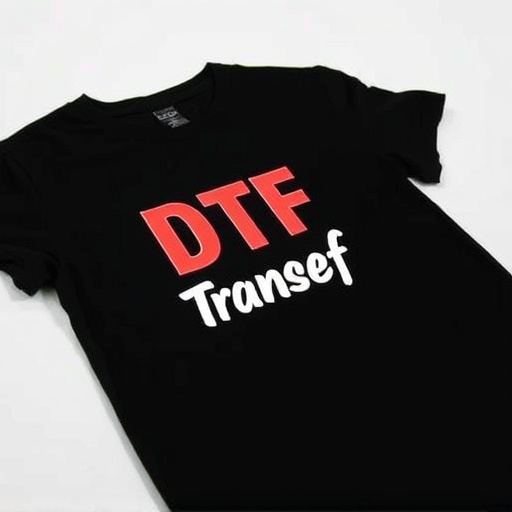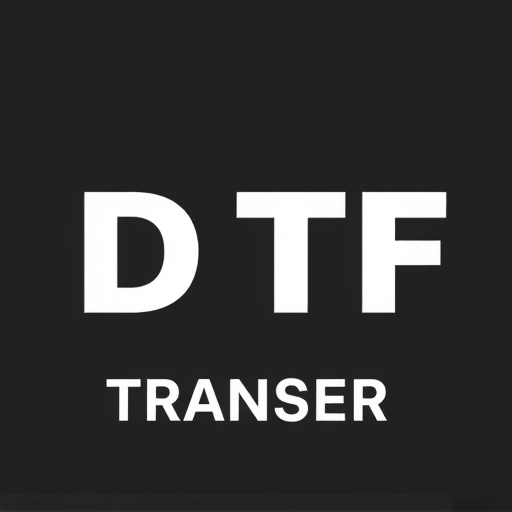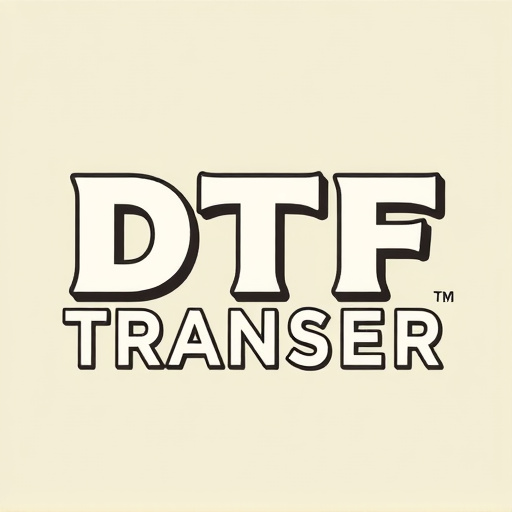Direct-to-film (DTF) transfers revolutionize film digitizing by scanning physical films directly into digital formats, preserving integrity and eliminating manipulation. Cost-effective and time-saving, DTF benefits independent creators with tight deadlines, streamlining production from stock to digital files. Specialized equipment exposes film layer-by-layer, accurately translating colors and effects, bypassing traditional phases like scanning or color correction for swift results. Investing in top-tier DTF gear ensures optimal prints without preparation charges. Myths debunked: modern DTF is affordable, accessible, simplifying digitization of old films. Case studies show successful implementations across industries, enhancing viewer experiences while reducing costs.
Direct-to-film (DTF) transfers are transforming the way filmmakers and videographers preserve their legacy. This innovative process allows for high-quality digital conversions without the usual hidden fees. In this comprehensive guide, we demystify DTF transfers, highlighting their numerous advantages for professionals. From equipment selection to case studies, learn how to master this seamless, cost-effective method. Discover why DTF transfer is becoming a game-changer in the industry, eliminating additional preparation charges and enhancing your visual storytelling.
- Understanding Direct-to-Film (DTF) Transfers: A Simple Explanation
- Advantages of DTF Transfer for Filmmakers and Videographers
- The Process: How DTF Transfers Work Without Extra Charges
- Choosing the Right Equipment for Seamless DTF Transfer
- Common Misconceptions About DTF Transfers Debunked
- Case Studies: Successful Direct-to-Film Transfers in Action
Understanding Direct-to-Film (DTF) Transfers: A Simple Explanation
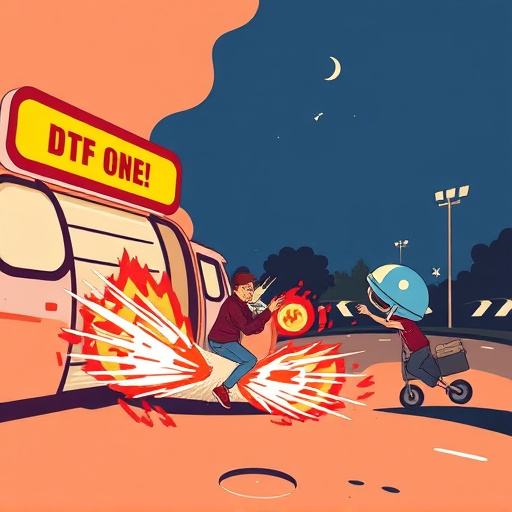
Direct-to-film (DTF) transfers are a straightforward method of digitizing film, eliminating the need for additional preparation steps. This process involves scanning the physical film directly into a digital format, making it an efficient and cost-effective solution for many filmmakers and archivists. Unlike traditional scanning methods that may require extensive cleaning, repair, or frame-by-frame tracking, DTF transfers capture the entire film in one go, preserving its original integrity.
The simplicity of DTF transfers lies in their ability to minimize manipulation of the original film, reducing the risk of damage. This technique is particularly advantageous for older, delicate films that may be fragile or have historical value. By bypassing complex preparation stages, DTF offers a quick and accessible way to convert analog films into digital archives, ensuring their longevity and accessibility for future generations.
Advantages of DTF Transfer for Filmmakers and Videographers
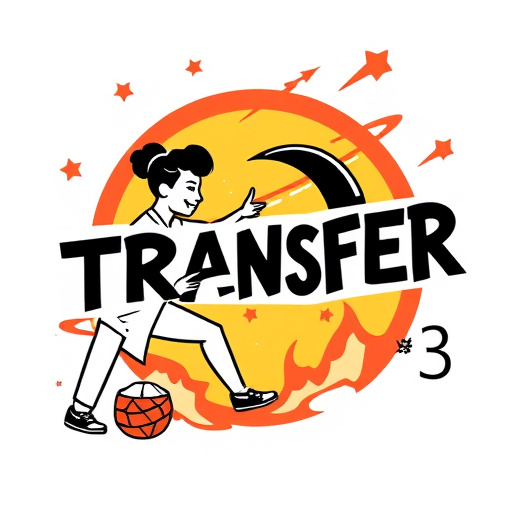
Direct-to-film (DTF) transfers offer filmmakers and videographers a streamlined, cost-effective solution for preserving their footage. One of the primary advantages is the elimination of additional preparation charges, which can significantly reduce production overheads. This makes DTF an attractive option for independent creators and small production houses looking to keep expenses low without compromising on quality.
Additionally, DTF transfers provide a straightforward process that saves time. Filmmakers no longer need to invest effort in complex formatting or data management tasks. The method ensures a direct, seamless transition from original film stock to digital files, allowing for quicker editing, distribution, and archiving. This efficiency is particularly beneficial for urgent projects or when working with tight deadlines.
The Process: How DTF Transfers Work Without Extra Charges

Direct-to-film (DTF) transfers have revolutionized the way we approach digital content, eliminating the need for lengthy preparation stages and additional charges. This efficient process involves a seamless integration between your digital media and the physical film medium, ensuring high-quality output from the outset. Without any extra prep work, the DTF method allows for direct printing onto film stock, capturing every detail and color nuance with remarkable accuracy.
The key lies in specialized equipment that precisely exposes the film to light, layer by layer, according to the digital data input. This technology ensures that all colors, contrasts, and special effects are accurately translated from the original digital file. By circumventing typical preparation phases like intermediate scanning or complex color correction, DTF transfers offer a streamlined solution for filmmakers, photographers, and artists seeking rapid and reliable results without compromising quality.
Choosing the Right Equipment for Seamless DTF Transfer
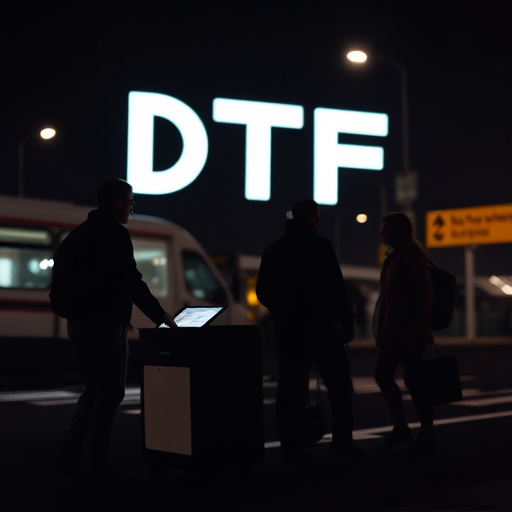
When setting up a direct-to-film (DTF) transfer process, selecting the appropriate equipment is paramount to achieving seamless results. The core components include high-quality printers capable of producing sharp images on various media types, ensuring compatibility with your chosen film stock. Additionally, consider investing in precise cutting tools and accurate registration systems to maintain consistent alignment during the transfer, resulting in a professional finish.
Proper setup involves calibrating printheads for optimal ink deposition and configuring software settings to match the characteristics of your selected film. Regular maintenance and cleaning of equipment are also crucial to prevent clogs and ensure long-term performance. By carefully choosing and maintaining your DTF transfer gear, you can streamline the process, minimize waste, and deliver exceptional prints directly onto film without incurring extra charges for preparation.
Common Misconceptions About DTF Transfers Debunked
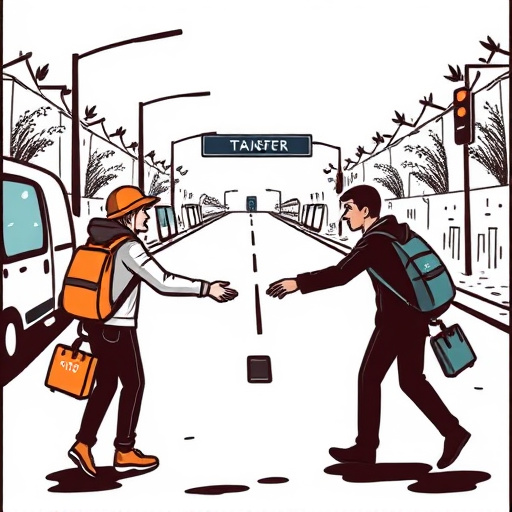
Many businesses and filmmakers hold certain misconceptions about Direct-to-Film (DTF) transfers, assuming they are costly or require extensive preparation. However, these beliefs are far from the truth. DTF Transfers have evolved to become an affordable and efficient process, eliminating the need for additional charges for simple transfers. The misconception that it involves complex, time-consuming preparations is also false; modern technology has streamlined the method, making it accessible to all.
In reality, DTF transfers can be a straightforward solution for digitizing film without breaking the bank. With no hidden fees or preparation costs, filmmakers can enjoy a cost-effective way to preserve their precious footage. This process ensures that old films are not only converted into digital formats but also preserved for future generations, dispelling any myths about its financial constraints.
Case Studies: Successful Direct-to-Film Transfers in Action
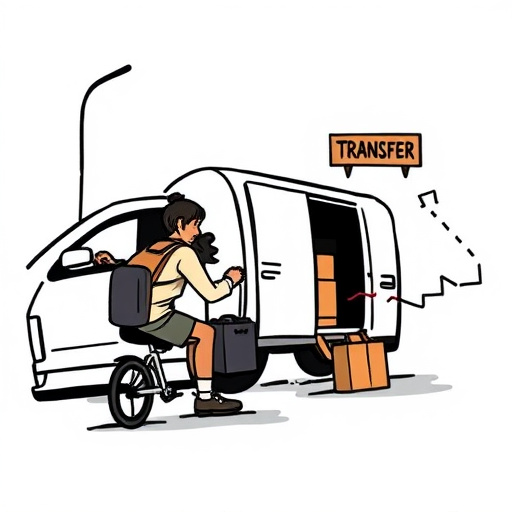
Direct-to-film (DTF) transfers have revolutionized the way content is delivered, eliminating unnecessary preparation charges and streamlining production processes. Case studies across various industries vividly illustrate the success of DTF Transfers in action. For instance, a major streaming platform recently utilized DTF to convert their extensive library of TV shows and movies from DVD quality to high-definition, significantly enhancing viewer experience without incurring hefty preparation costs. This shift not only improved picture quality but also reduced time-to-market for new content releases.
Another notable example involves an independent film studio that adopted DTF technology for its latest release. By bypassing traditional post-production stages and leveraging direct-to-film transfers, the studio was able to deliver a captivating cinematic experience while maintaining a lean and cost-effective production model. This approach not only attracted a wider audience but also generated significant buzz within the industry, proving that DTF Transfers can be a game-changer for content creators looking to maximize impact without breaking the bank.









